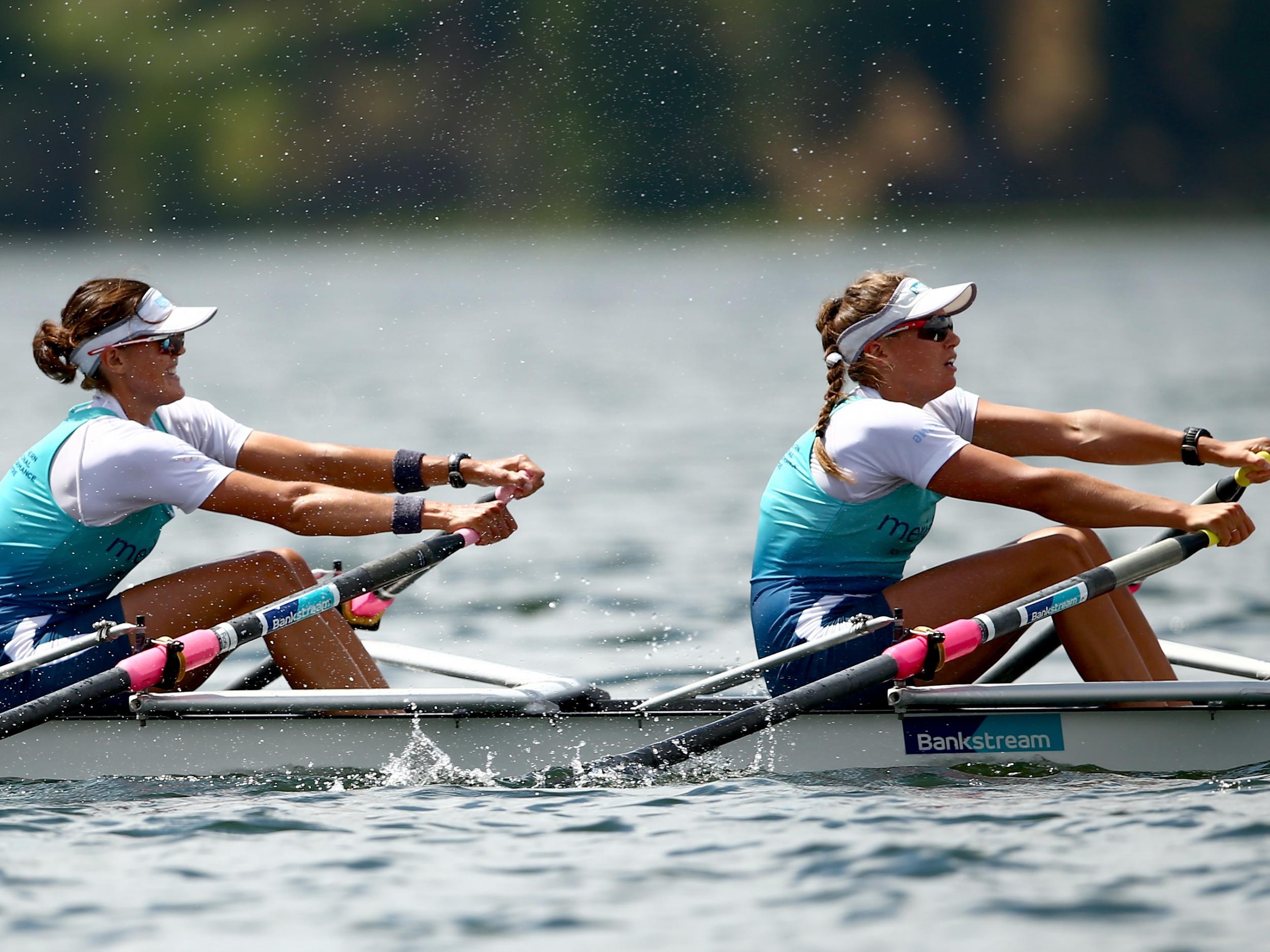Prehistoric women were stronger than modern rowers, say Cambridge scientists
Comparison of ancient bones with those of living women reveals intensive agricultural labour performed in the past

Your support helps us to tell the story
From reproductive rights to climate change to Big Tech, The Independent is on the ground when the story is developing. Whether it's investigating the financials of Elon Musk's pro-Trump PAC or producing our latest documentary, 'The A Word', which shines a light on the American women fighting for reproductive rights, we know how important it is to parse out the facts from the messaging.
At such a critical moment in US history, we need reporters on the ground. Your donation allows us to keep sending journalists to speak to both sides of the story.
The Independent is trusted by Americans across the entire political spectrum. And unlike many other quality news outlets, we choose not to lock Americans out of our reporting and analysis with paywalls. We believe quality journalism should be available to everyone, paid for by those who can afford it.
Your support makes all the difference.Cambridge scientists have found their own legendary rowing team would have been outclassed by prehistoric women when it came to upper body strength.
To examine the physical demands placed on women in the past, the research team got hold of ancient bones belonging to women from the early Neolithic period through to the Middle Ages.
They were compared with the bones of Cambridge University Women’s Boat Club members – elite athletes who spend 18 hours every week training and row an average of 120km a week.
Despite these women being in peak physical condition, they were still surpassed by ancient women in terms of arm strength.
In their study, published in the journal Science Advances, lead author Dr Alison Macintosh and her collaborators found that Neolithic women’s arm bones were up to 16 per cent stronger than the rowers’.
This was nearly 30 per cent stronger than the typical Cambridge students who were also analysed.
“I didn’t think that these prehistoric women were just sitting around doing nothing, so I feel vindicated,” said Dr Macintosh.
Bronze Age women also did well when compared to modern rowers, with arm bones that were up to 13 per cent stronger.
The leg strength of ancient women was less impressive, although the Neolithic women still matched the rowers on this metric.
Bones of the living participants were analysed using a small CT scanner. Their characteristics could then be compared against those of ancient bone samples.
The bone analysis also gave the scientists an idea of what the ancient women had been doing to develop such powerful arms.
“Predominantly we are seeing signatures of grain grinding,” said Dr Macintosh. “The technology to do that didn’t really change through the Neolithic, Bronze Age and into the Iron Age.”
Grain grinding was monotonous work that involved sitting on a “saddle quern”, and grinding back and forth with the arms in a rather familiar motion.
“That repetitive, low-impact loading for hours and hours is kind of similar to what you do in rowing,” said Dr Macintosh.
This study is significant as very little research has been done to examine the behaviour of ancient women using these kinds of techniques.
“In anthropology, it’s really new to incorporate the study of living humans to try and inform the past,” said Dr Macintosh. “What does exist has only been done on men.”
Work like this opens a window onto the lives of previously neglected women from history.
“We have been completely underestimating the scale of women’s work, the variety of things that women were doing and the strain they were putting on their bodies,” said Dr Macintosh.
Join our commenting forum
Join thought-provoking conversations, follow other Independent readers and see their replies
Comments